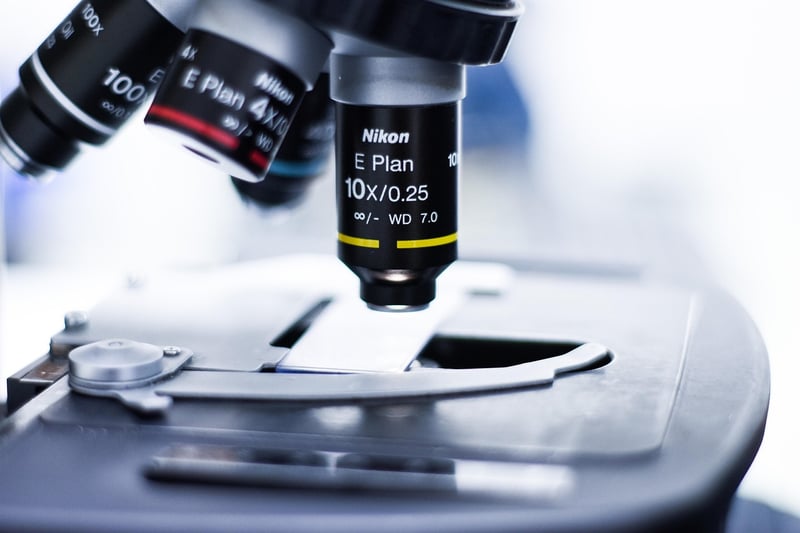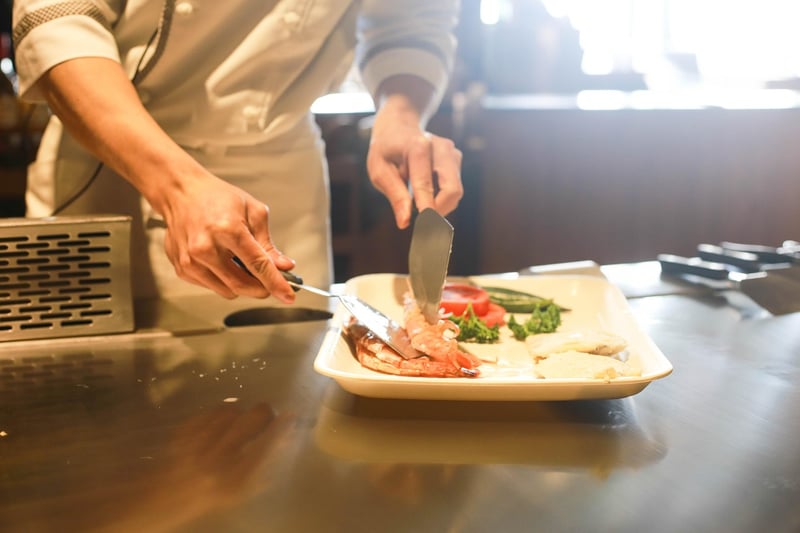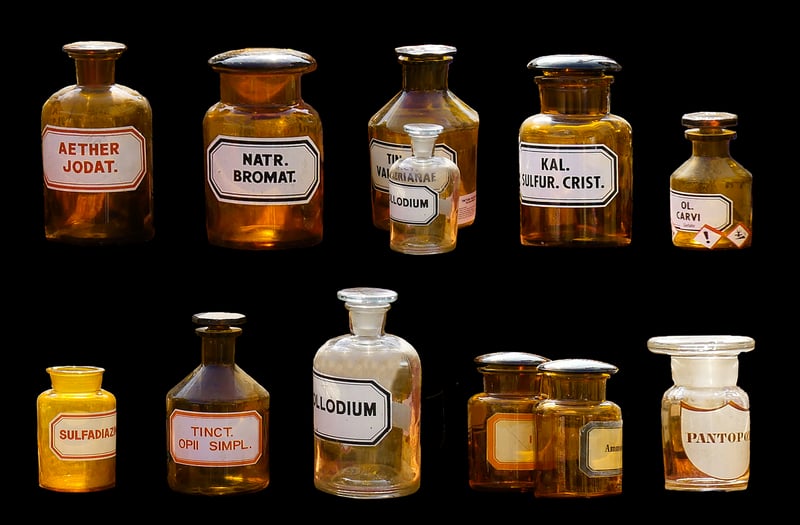Culinary Chemistry
The Fascinating World of Culinary Chemistry
Food is not just a source of nourishment; it is a complex mixture of chemicals that undergo various transformations during cooking. Culinary chemistry delves into the scientific principles behind these transformations, unlocking the secrets of flavors, textures, and aromas in our favorite dishes.
The Science of Taste
Have you ever wondered why a perfectly ripe strawberry tastes so sweet or why a slice of lemon makes your mouth pucker? The answers lie in the science of taste. Taste buds on our tongues can detect five primary tastes: sweet, sour, salty, bitter, and umami. Each taste sensation is a result of specific chemicals interacting with receptors on our taste buds.
Maillard Reaction: The Secret to Flavor
When you sear a steak or bake bread, you're likely triggering the Maillard reaction – a chemical reaction between amino acids and reducing sugars that gives browned foods their distinctive flavor, aroma, and color. This reaction is responsible for the savory umami taste in seared meats and the golden crust on freshly baked bread.
The Role of Emulsions
Emulsions play a crucial role in creating creamy salad dressings, smooth sauces, and velvety ice creams. These stable mixtures of two immiscible liquids, like oil and water, are held together by emulsifiers. Understanding the science behind emulsions helps chefs create perfectly balanced textures and flavors in their dishes.
The Magic of Molecular Gastronomy
Molecular gastronomy takes culinary chemistry to the next level, using scientific techniques and tools to transform ingredients and create innovative dishes. Techniques like spherification, foams, and gels allow chefs to push the boundaries of traditional cooking and surprise diners with unique culinary experiences.
Exploring Food Pairing
Pairing food and beverages is an art form that culinary chemists study closely. By understanding the chemical compounds in ingredients, experts can create harmonious flavor combinations that elevate the dining experience. From wine pairings to flavor affinities, food pairing is a fascinating blend of science and creativity.
Join the Culinary Chemistry Revolution
Whether you're a seasoned chef or a curious food enthusiast, exploring the scientific side of food through culinary chemistry can deepen your appreciation for the culinary arts. Embrace the magic of chemical reactions, experiment with new techniques, and savor the flavors of a world where food and science collide.


Discover the wonders of culinary chemistry and unlock the secrets of your favorite foods!
For more information on culinary chemistry, visit Science of Cooking.
